If you’ve ever tasted authentic Mexican salsa verde, you’ve likely encountered the unique, tangy flavor of tomatillo. Known for its vibrant green color and slightly tart taste, tomatillo (Physalis philadelphica) is more than just an ingredient in traditional Mexican cuisine — it’s a nutrient-packed, versatile vegetable that’s rapidly gaining popularity in American kitchens and gardens.
From its culinary uses to its health benefits and gardening tips, tomatillo is making a name for itself as both a superfood and a flavorful addition to any meal. This comprehensive guide will cover everything you need to know about tomatillo — from planting and harvesting to cooking and nutrition.
What Is a Tomatillo?
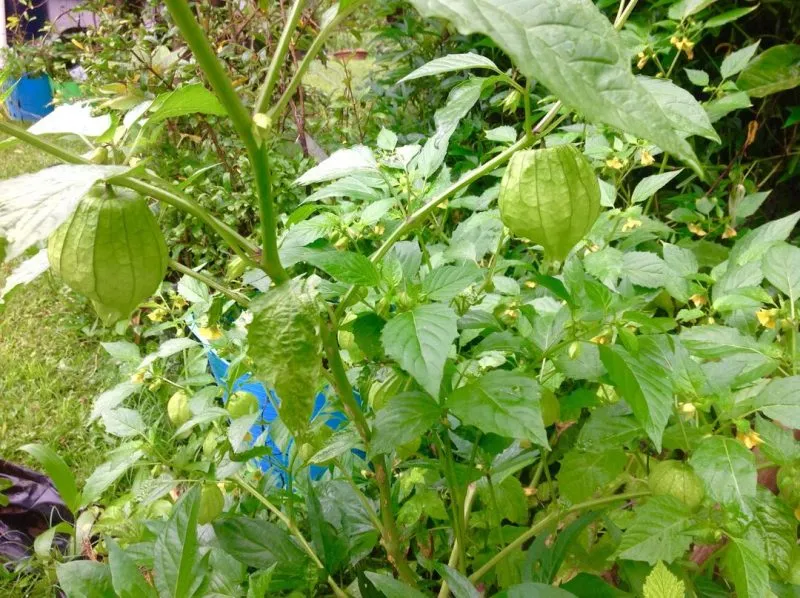
Tomatillo, sometimes called the Mexican husk tomato, is a small, green fruit encased in a papery husk. Unlike traditional tomatoes, tomatillos are slightly tart, firm, and less sweet, making them ideal for sauces, salsas, and savory dishes.
Native to Mexico and Central America, tomatillos have been cultivated for centuries and are now grown throughout the United States, particularly in sunny, warm climates. They belong to the nightshade family, making them relatives of tomatoes, peppers, and eggplants.
Nutritional Value of Tomatillos
Tomatillos are low in calories but rich in nutrients, making them a healthy addition to any diet. One cup (about 149 grams) of raw tomatillos contains:
- Calories: 46
- Carbohydrates: 11 grams
- Protein: 1 gram
- Fat: 0.5 grams
- Fiber: 4 grams
- Vitamin C: 20% of the Daily Value (DV)
- Vitamin K: 10% of the DV
- Niacin (Vitamin B3): 10% of the DV
- Potassium: 8% of the DV
- Manganese: 8% of the DV
The combination of fiber, vitamins, and antioxidants makes tomatillos great for digestion, immunity, and cardiovascular health.
Health Benefits of Tomatillos
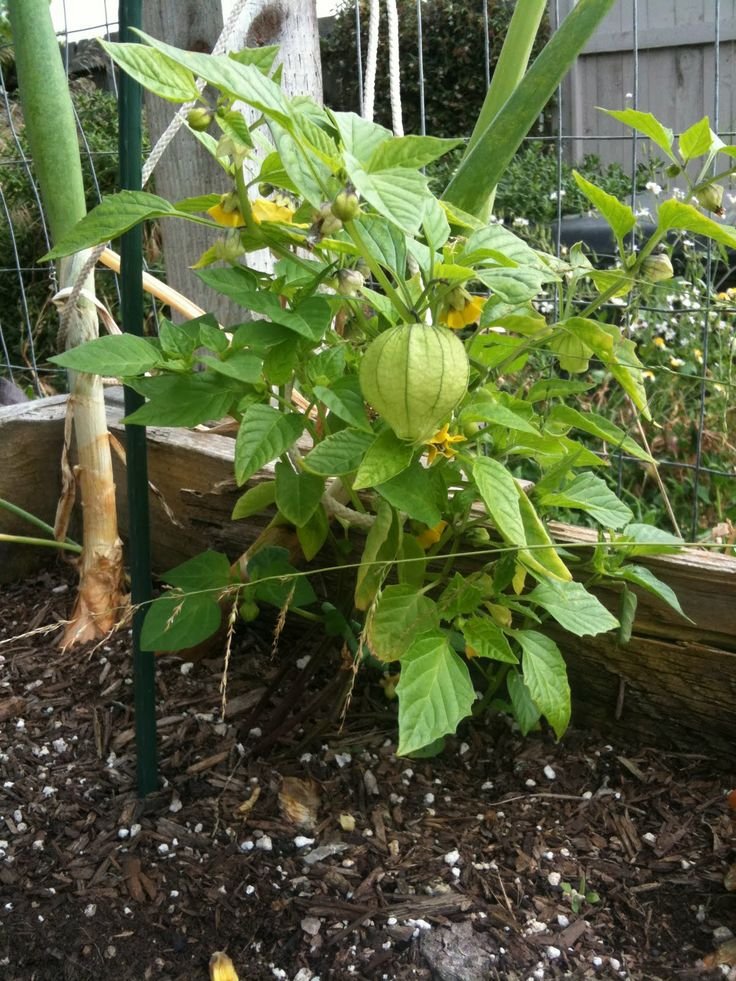
Tomatillos are often called a superfood because of their numerous health benefits. Here’s why Americans are increasingly adding them to their diets:
1. Boosts Immunity
Rich in vitamin C, tomatillos support a healthy immune system, helping fight off infections and free radicals.
2. Supports Heart Health
High in potassium and antioxidants, tomatillos help regulate blood pressure, reduce cholesterol, and promote cardiovascular wellness.
3. Promotes Digestive Health
The fiber content in tomatillos aids in digestion, reduces constipation, and helps maintain a healthy gut microbiome.
4. May Aid in Weight Management
Low in calories but high in fiber, tomatillos provide satiety without excess calories, making them ideal for weight-conscious Americans.
5. Anti-Inflammatory and Antioxidant Properties
Tomatillos contain compounds like phenols and flavonoids, which combat oxidative stress and reduce inflammation, contributing to overall wellness.
6. Supports Healthy Skin
The vitamin C in tomatillos aids collagen production, promoting firm, youthful skin and supporting wound healing.
Types of Tomatillos
There are several tomatillo varieties grown in the U.S., each with unique characteristics:
1. Purple Tomatillo
- Produces deep purple fruit with a slightly sweeter flavor.
- Popular for salsas with a unique color and taste.
2. Green Tomatillo
- Most common variety, ideal for traditional salsa verde.
- Tangy and firm, perfect for cooking or roasting.
3. Red Tomatillo
- Slightly sweeter than green varieties.
- Often used fresh in salads and salsas.
4. Orange Tomatillo
- Sweet and tangy, ideal for fresh sauces.
- Adds vibrant color to dishes.
How to Grow Tomatillos in America
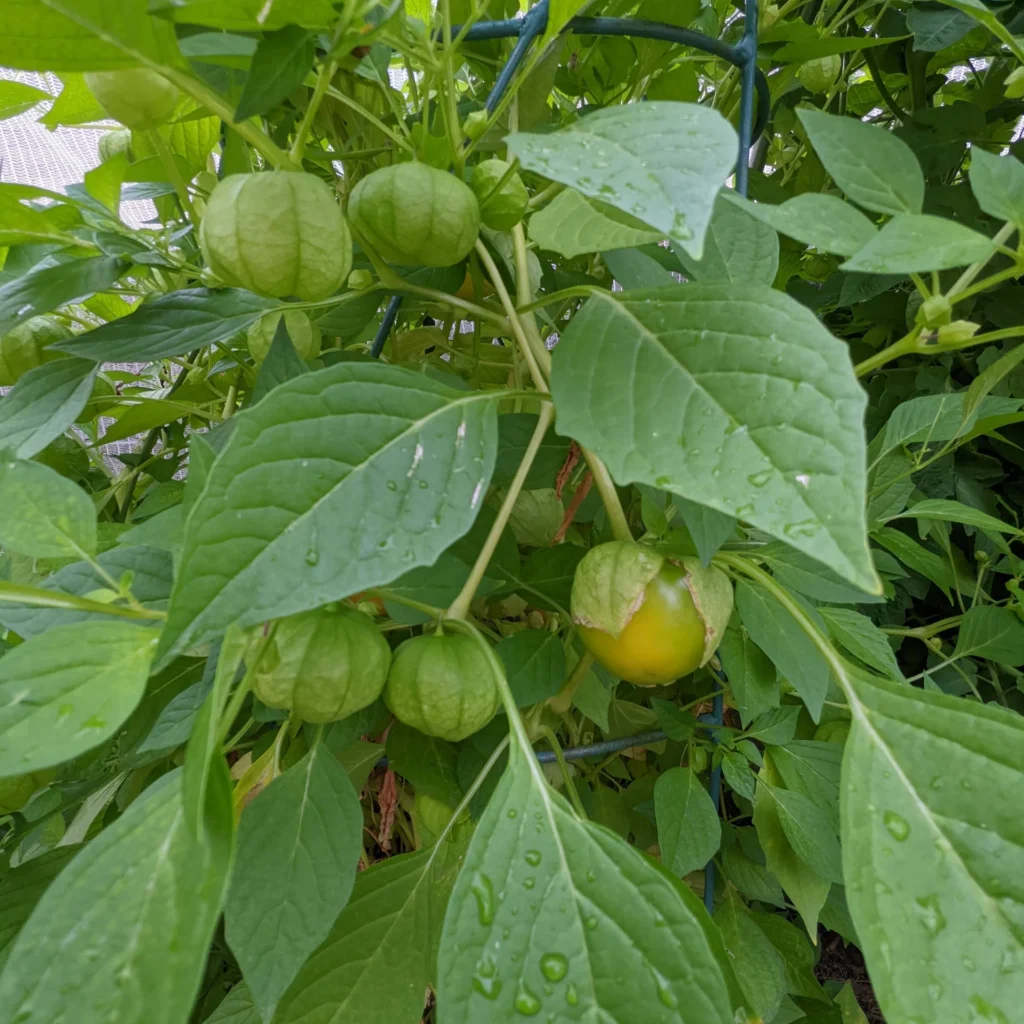
Tomatillos thrive in sunny, warm climates but can also be grown in containers or gardens across the U.S. with proper care.
1. Climate and Soil Requirements
- Prefers full sun and temperatures between 70–85°F.
- Thrives in well-draining, fertile soil rich in organic matter.
- Ideal pH: 6.0–7.0.
2. Planting
- Start seeds indoors 6–8 weeks before the last frost.
- Transplant seedlings outdoors after frost risk has passed.
- Space plants 2–3 feet apart for optimal growth and airflow.
3. Watering
- Water consistently to keep the soil evenly moist.
- Avoid overwatering, which can cause root rot.
4. Fertilizing
- Use a balanced fertilizer or compost at planting and mid-season.
5. Support
- Some varieties may benefit from stakes or cages, as the plants can grow bushy and heavy with fruit.
6. Harvesting
- Harvest tomatillos when the husks split and the fruit fills the husk completely.
- Immature fruits may be tart, while fully matured fruits provide the best flavor for cooking.
Cooking with Tomatillos
Tomatillos are incredibly versatile and can be used fresh or cooked. Their tart flavor works beautifully in sauces, salsas, stews, and even roasted dishes.
Preparation Tips
- Remove the husk before cooking.
- Rinse the sticky residue on the fruit to remove any debris.
- Roasting enhances the natural sweetness and adds depth to sauces.
Delicious Tomatillo Recipes for American Kitchens
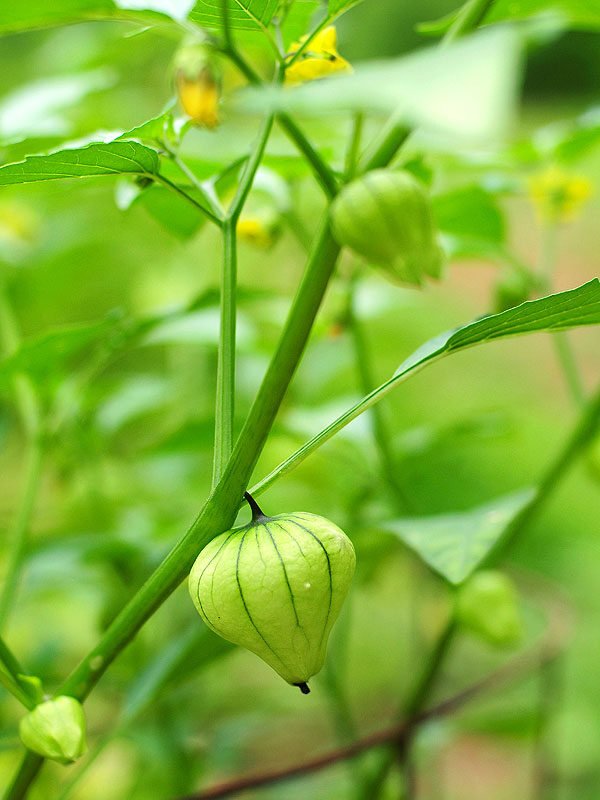
1. Classic Salsa Verde
- Blend roasted tomatillos, jalapeños, garlic, onion, lime juice, and cilantro.
- Serve with tacos, grilled chicken, or tortilla chips.
2. Tomatillo Chicken Stew
- Sauté onions and garlic, add chopped tomatillos and chicken.
- Simmer with spices and broth for a tangy, hearty stew.
3. Roasted Tomatillo Soup
- Roast tomatillos with peppers and onions.
- Blend with vegetable broth and season with cumin and cilantro for a warming soup.
4. Tomatillo Guacamole
- Mix mashed avocado with chopped tomatillos, lime juice, and salt.
- Add jalapeños for a spicy twist on traditional guacamole.
5. Tomatillo Marinade
- Puree tomatillos with garlic, lime, and herbs.
- Marinate chicken, fish, or tofu for a bright, tangy flavor.
Storage Tips for Tomatillos
- Fresh tomatillos: Store unwashed in their husks in the refrigerator for up to 2–3 weeks.
- Freezing: Remove husks, rinse, dry, and freeze whole or chopped for long-term storage.
- Salsa: Homemade salsa verde can be stored in the fridge for 1 week or frozen for 3 months.
Fun Facts About Tomatillos
- The name “tomatillo” comes from the Spanish word “tomate” with the diminutive suffix “-illo,” meaning “little tomato.”
- Tomatillos are sticky due to a natural coating called bloom, which protects the fruit.
- Native Americans cultivated tomatillos long before European contact, using them in traditional dishes.
- Tomatillos are often used in combination with avocado, lime, and chili peppers for a balanced, tangy flavor.
- Unlike tomatoes, tomatillos remain firm and hold their shape when cooked, making them ideal for stews and sauces.
Tomatillo vs. Tomato: What’s the Difference?
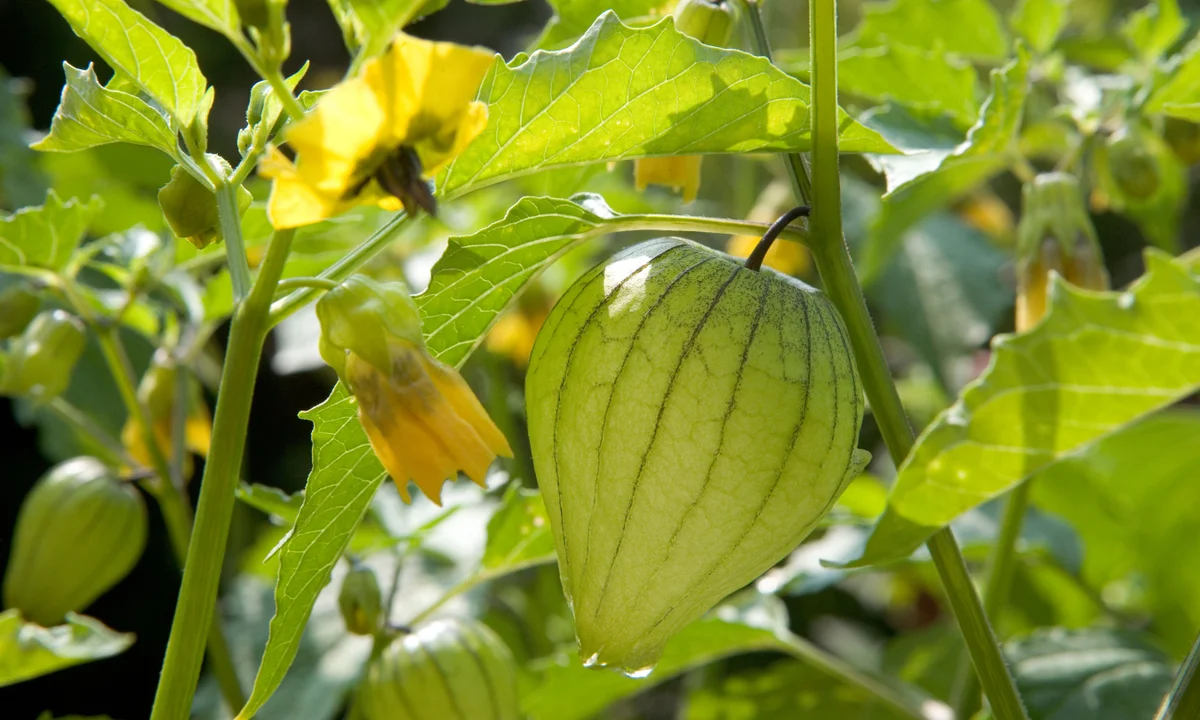
| Vegetable | Flavor | Texture | Culinary Use | Color |
|---|---|---|---|---|
| Tomatillo | Tangy, slightly tart | Firm | Sauces, salsas, stews | Green, purple, red, orange |
| Tomato | Sweet, juicy | Soft | Salads, sauces, sandwiches | Red, yellow, green, purple |
Tomatillos provide a unique tartness and texture that cannot be fully replicated by tomatoes, making them an essential ingredient in Mexican-inspired dishes.
Conclusion: Why Tomatillos Deserve a Spot in Your Garden and Kitchen
Tomatillos are more than just a key ingredient in salsa verde — they’re a nutrient-rich, versatile, and flavorful vegetable that can enhance American cuisine, support a healthy diet, and thrive in home gardens.
With their unique tartness, impressive nutrient profile, and adaptability in cooking, tomatillos are ideal for:
- Health-conscious Americans seeking low-calorie, vitamin-rich vegetables.
- Home gardeners wanting a productive, warm-weather crop.
- Food enthusiasts looking to explore authentic Mexican flavors or experiment in fusion cuisine.
Whether roasted, blended, or simmered in a stew, tomatillos add bright color, tangy flavor, and a healthy punch to any dish. Next time you visit your local farmers’ market or garden center, pick up some tomatillos — your taste buds and health will thank you.
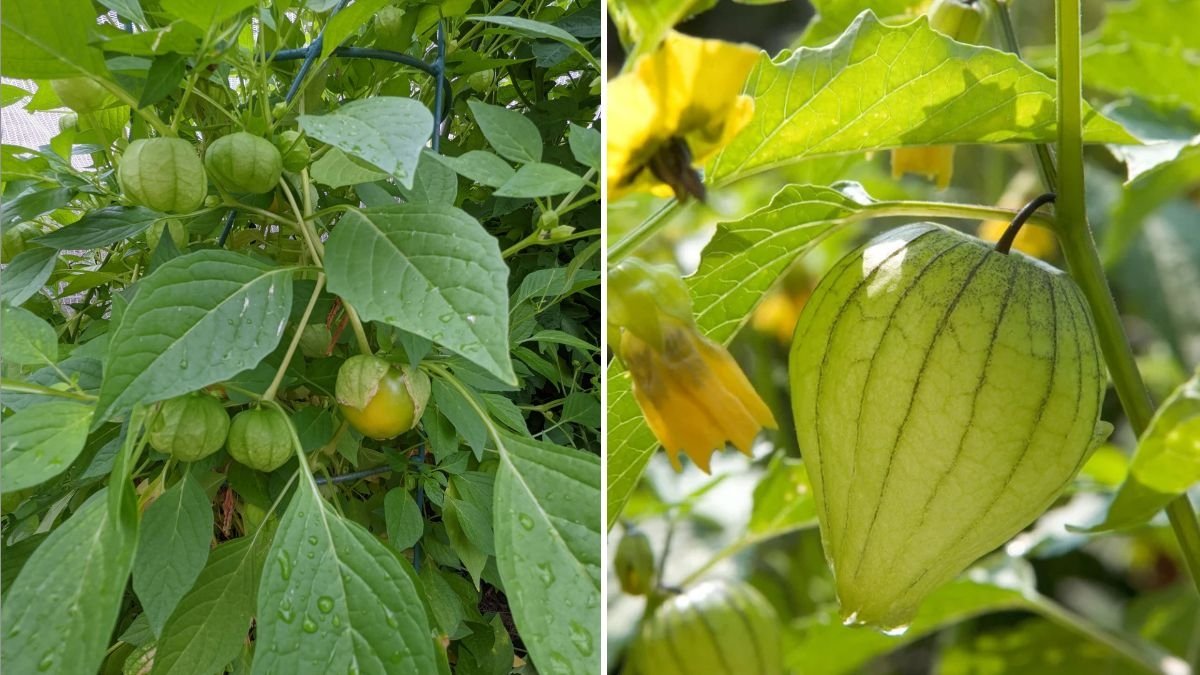





Leave A Comment